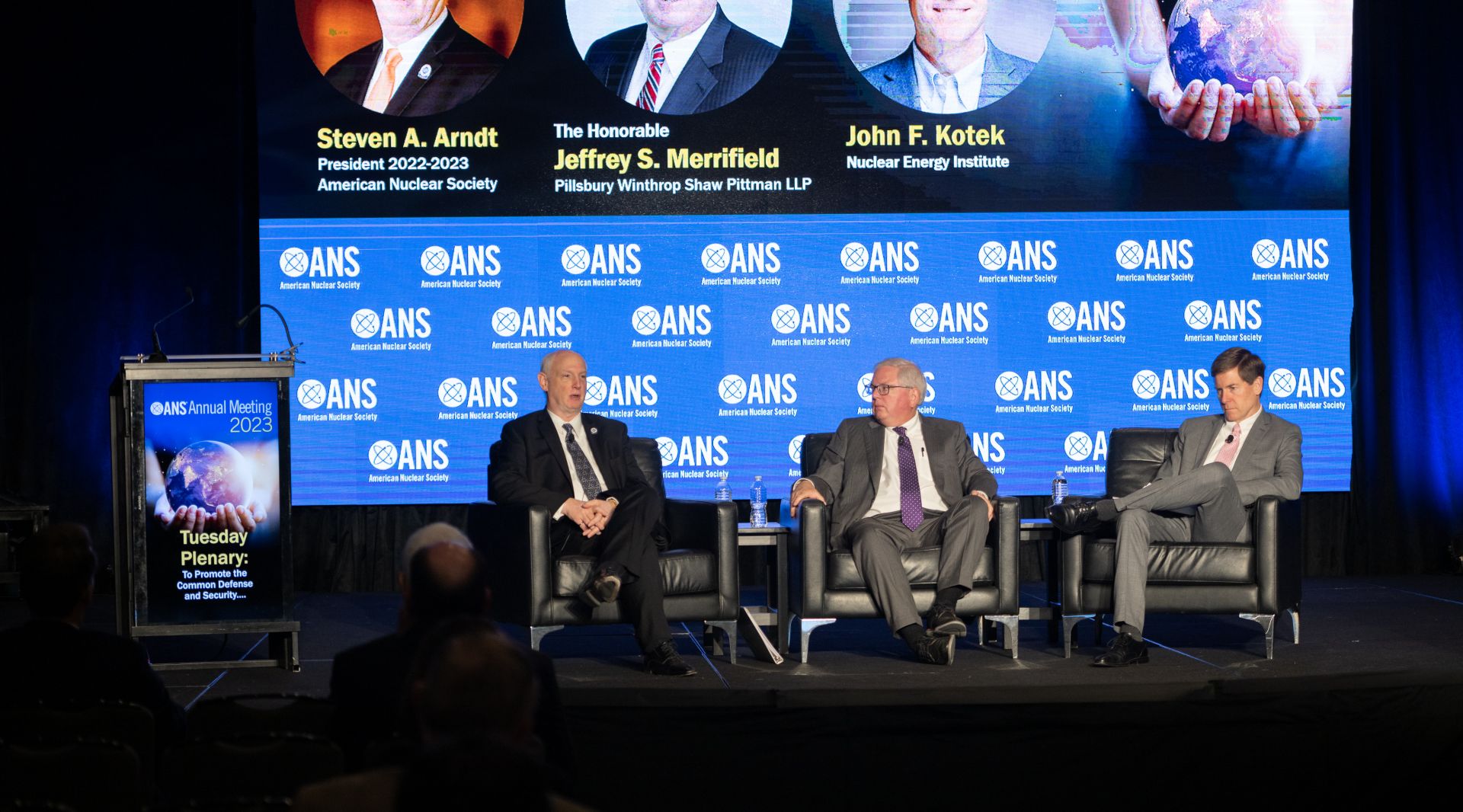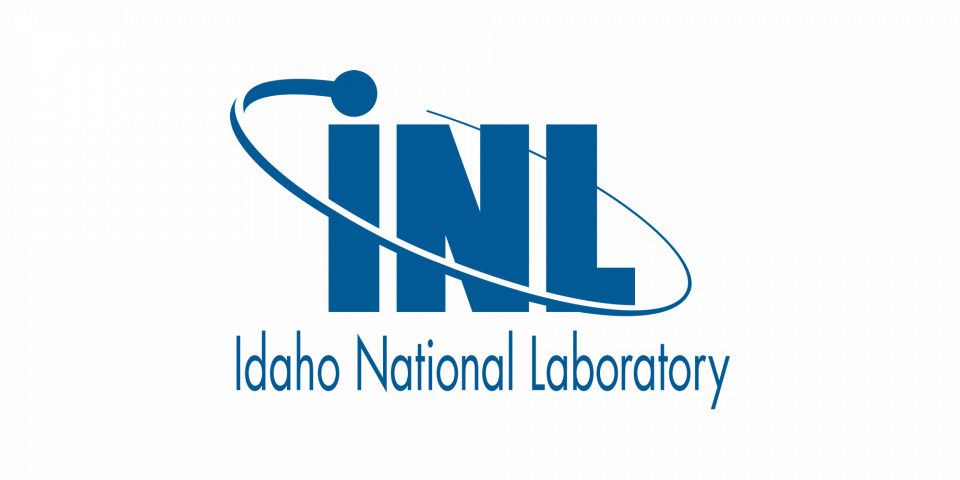ANS Annual Meeting: Promoting the common defense and security

At the 2023 ANS Annual Meeting, Steven Arndt (as of the close of the meeting, ANS immediate past president) led a president’s session on the mission of the Nuclear Regulatory Commission—a not particularly surprising topic, given that he spent over 30 years at the agency in various roles.





